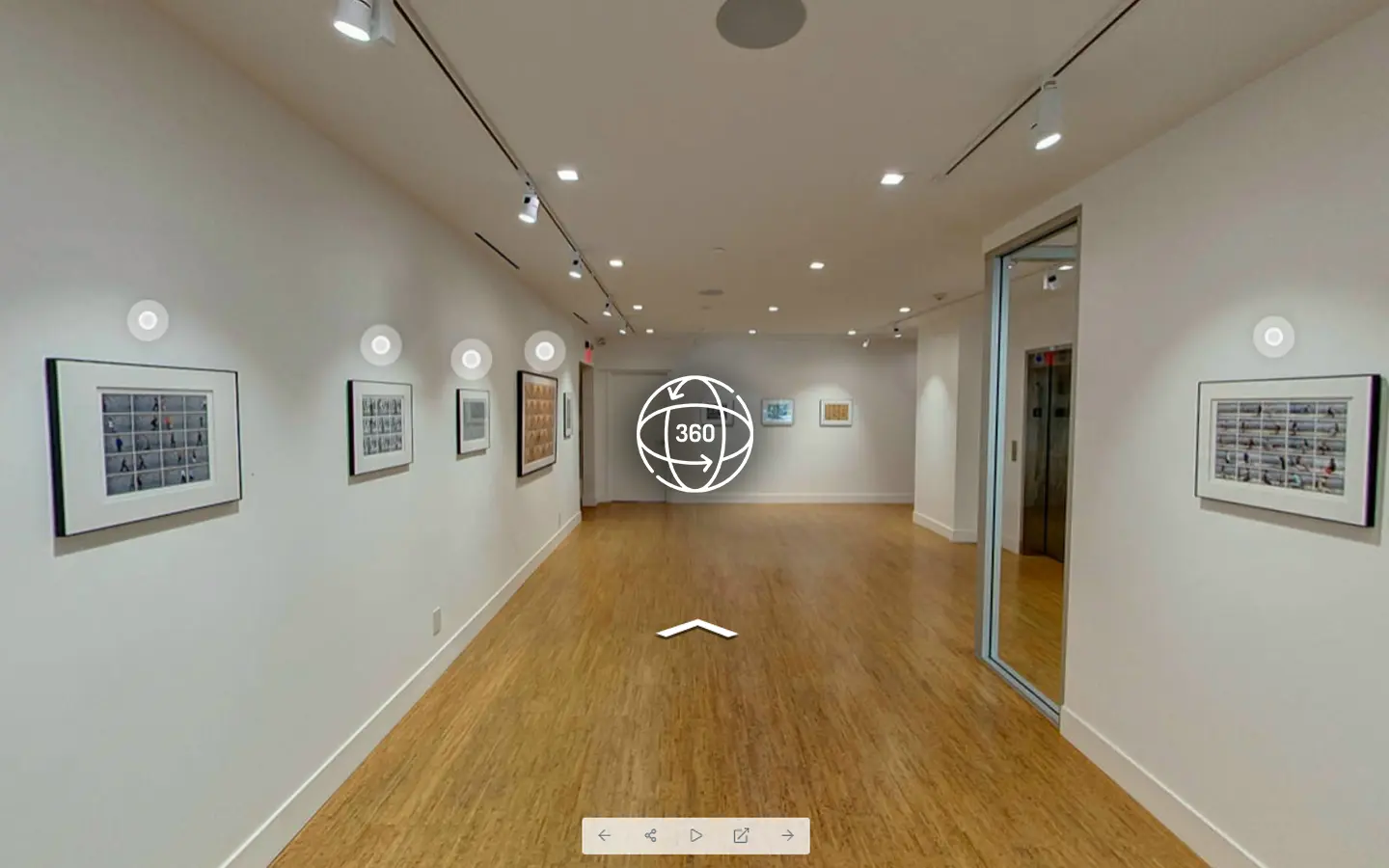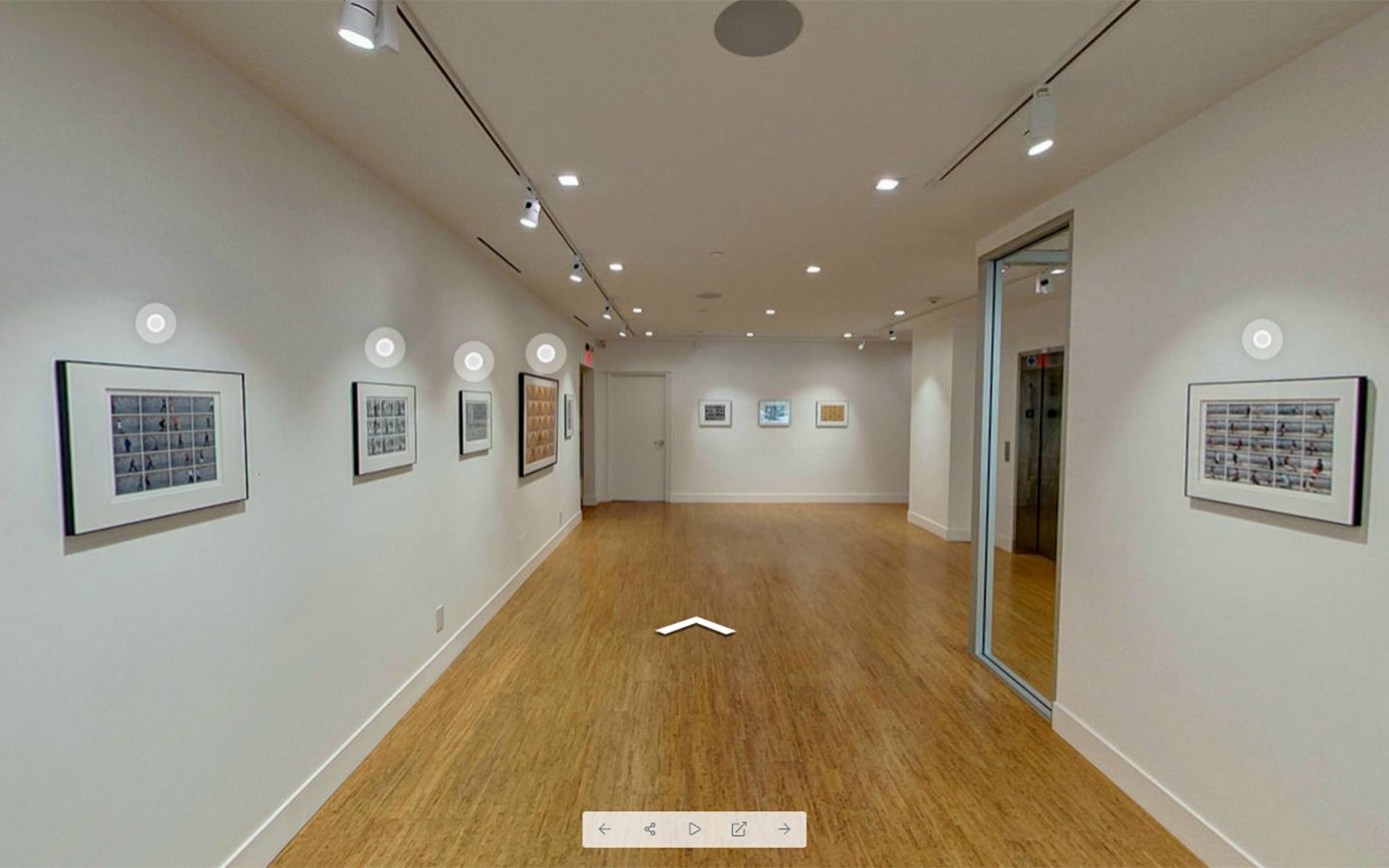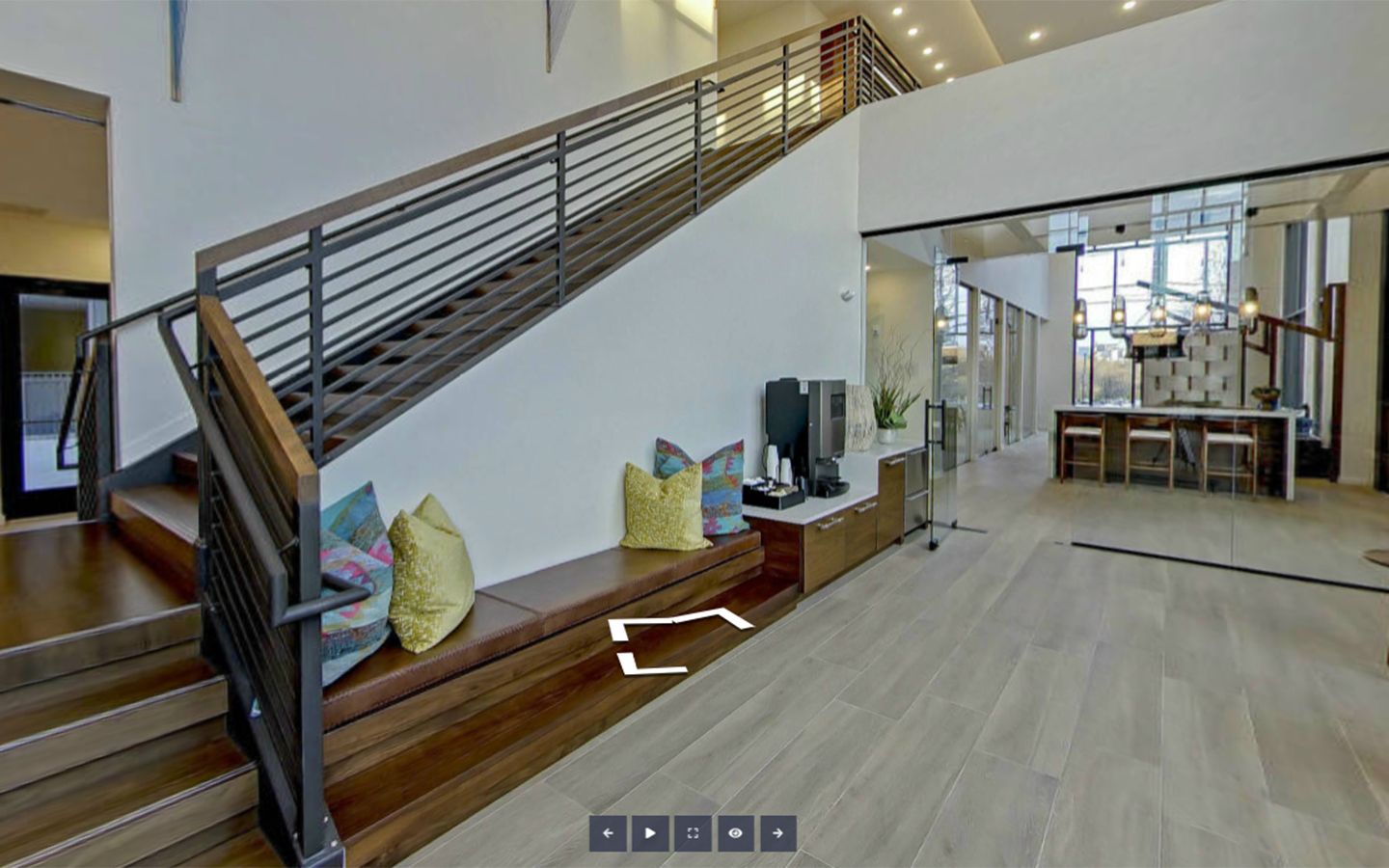Captivating 3D Virtual Tour Photography Guide
Virtual tours have become increasingly popular in recent years, allowing people to explore places they've never been from the comfort of their own homes.

Virtual tours have become increasingly popular in recent years, allowing people to explore places they've never been from the comfort of their own homes. As a photographer interested in creating captivating virtual tours, it's essential to understand the principles of 3D virtual tour technology and the techniques required to capture stunning virtual photography.

Capturing Captivating Virtual Photography
Capturing stunning virtual photography is essential when it comes to creating captivating virtual tours. With 3D virtual tour photography, there are several things to consider. One of the most critical factors to consider is lighting. Since the virtual tour is a 3D model of a space, the lighting needs to be consistent and realistic throughout the tour. This can be achieved by using multiple light sources and adjusting their intensity and color temperature.
Another essential factor to consider is the angle of the shots. Since the virtual tour is interactive, users will be able to move around and explore the space from different angles. As a photographer, you'll want to capture shots from a variety of angles to provide users with a dynamic and engaging experience.
Additionally, the quality of the 3D models used in virtual tours is critical. Creating 3D models requires the use of 3D modeling software. This software allows you to create a virtual model of the space you want to showcase. To create a realistic and accurate model, it's essential to have a basic understanding of 3D modeling principles.
What is a 3D Virtual Tour?
A 3D virtual tour is an interactive experience that allows users to explore space in 3D. These tours are created using 3D models technology, which creates a realistic, immersive experience for the user. 3D virtual tours can also include interactive elements such as hotspots, which provide additional information or media when clicked.

Virtual Tour Software
To create a 3D virtual tour, you'll need to use virtual tour software. There are many different options available, each with its own set of features and capabilities. Some popular virtual tour software options include Matterport, iGUIDE, and also GoThru. When choosing virtual tour software, you'll want to consider factors such as ease of use, cost, and the specific features that are important to you.
Another critical consideration is the compatibility of the software with the 3D modeling software used to create the 3D models. Some virtual tour software options may have limitations in terms of the types of 3D models that can be used. Ensuring that the software you choose is compatible with your 3D modeling software can help you create seamless and stunning virtual tours.
Post-Production Techniques
Techniques used after production can additionally improve the visual effects of 3D virtual tours. Among these techniques are color modification, editing, and picture merging. Color modification can aid in adjusting the general color balance of the tour to produce a more genuine and captivating experience. Editing can be employed to eliminate any undesirable elements from the shots, such as reflections or camera equipment. Picture merging can be used to blend various shots into a solitary image to create a more energetic and captivating experience.

To create captivating virtual tours, understanding 3D virtual tour tech and virtual photography is essential. Factors like lighting, angles, 3D modeling software, and virtual tour software should be considered. Mastering these techniques can help you stand out and create truly engaging virtual tours.
